“Universal Design is not new; how we interpret it needs to be.”
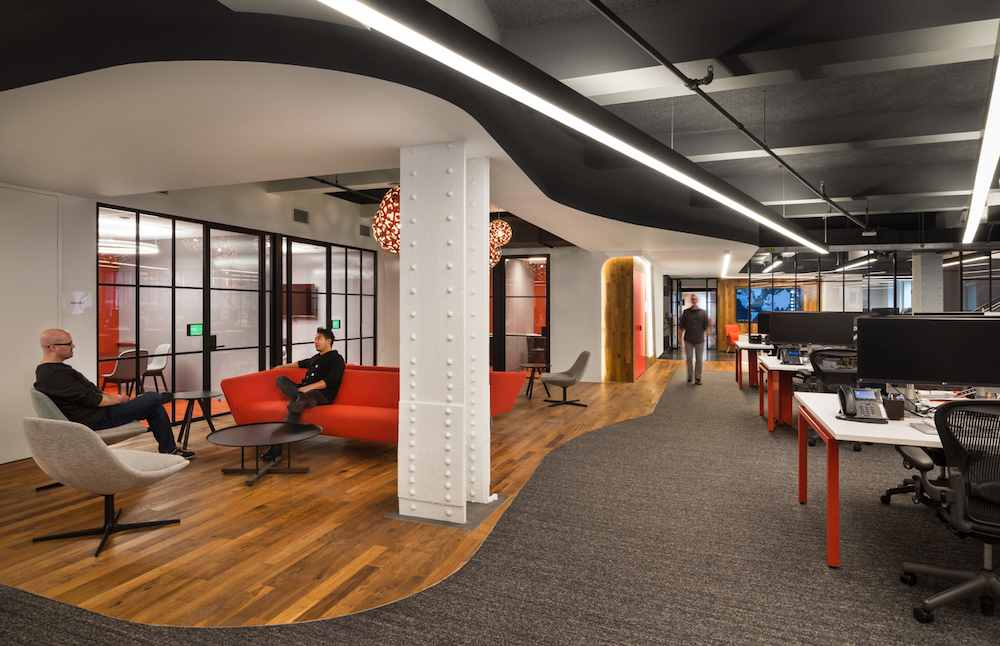
Universal design, by definition, is the design and composition of an environment to be accessed, understood, and used to the greatest extent possible by all people regardless of their age, size, ability, or disability. This concept extends to the design of inclusive workplaces that incorporate thoughtful design elements for people of various races, cultural and ethnic heritages, and socio-economic backgrounds, as well as other lesser acknowledged differentiators.
What is Inclusive Design?
To better understand the design of spaces that support equity, it’s important to understand the meaning of inclusive design. Inclusivity is more than supporting people with disabilities, building a gender-neutral bathroom, or a room where prayer and meditation can take place. It goes beyond supporting both men and women. Inclusive design, at its best, creates a safe space where people can efficiently work and where various cultures, gender identities, and ethnicities can be supported, recognized, and celebrated. These thoughtful spaces allow extroverted and introverted people to work in harmony while ensuring that everyone feels comfortable, highly productive, and successful, with a path for growth within their industry.
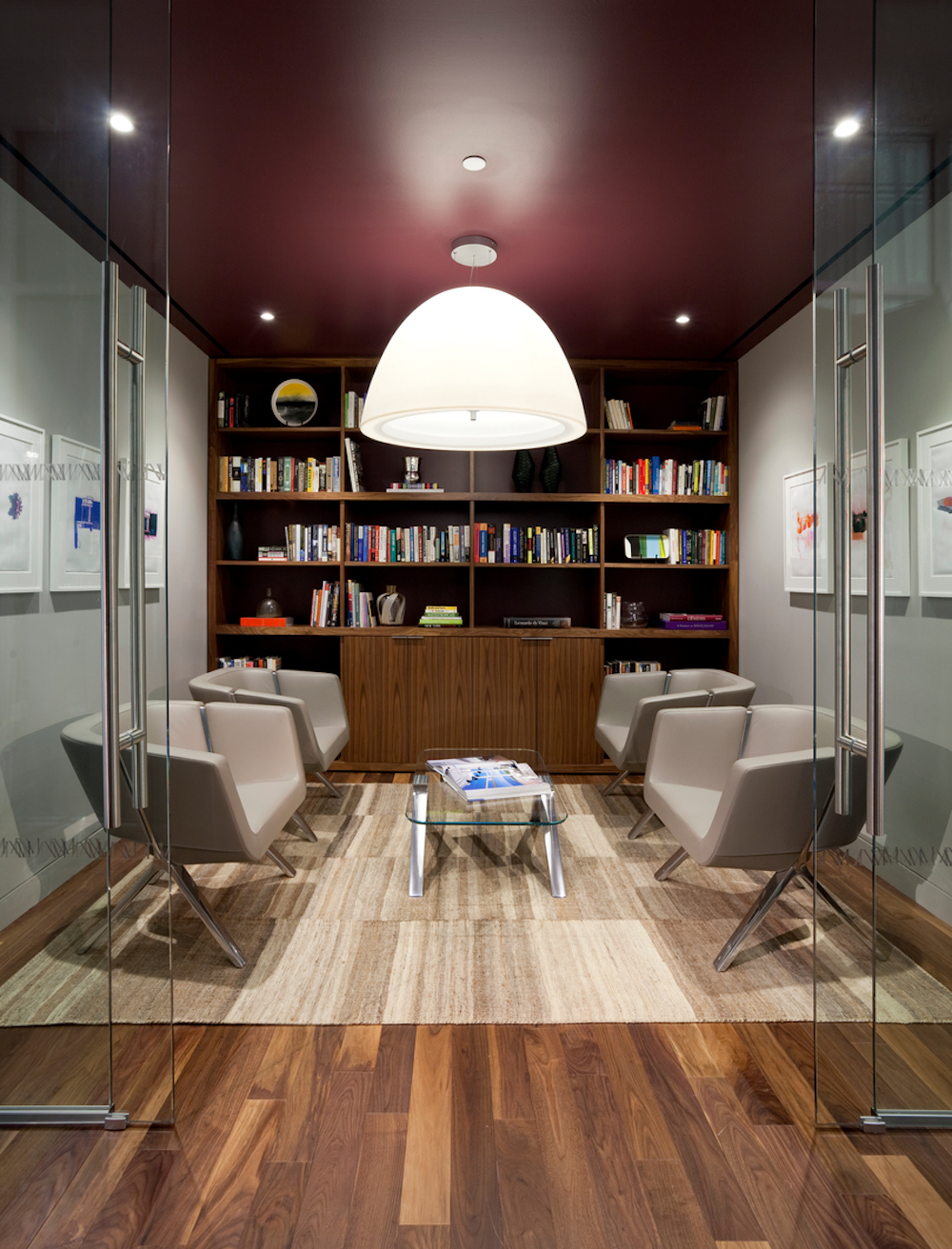
Just as each student learns differently, people work and perform differently. A one-size-fits-all approach will never work for various educational settings or for workspaces. Some people thrive under the pressure in a thunderous office atmosphere, while others need the space that silence provides to hear their thoughts. Neither of these working styles are right or wrong. Both practices should be offered and celebrated for the passion that they produce.
The Human Makeup: Designing for Personality Types
It’s critical to consider the human makeup of a company when designing a workspace. Most companies are likely to consist of a mixture of introverts and extroverts. The essential question here is how does an individual recharge? Is their energy sustained and heightened through interactions with others or through quiet, private time? Understanding that people recharge in different ways is how we design. Society has made us believe that adults do not need “time outs” but many of us do require quiet moments to reflect and refocus. On the flip side, an extrovert may draw their energy from having constant activity around them and require a highly collaborative environment to do their best work. Of course, many people are a mixture of both, and need a variety of different options for work depending on the time of day and the task at hand.
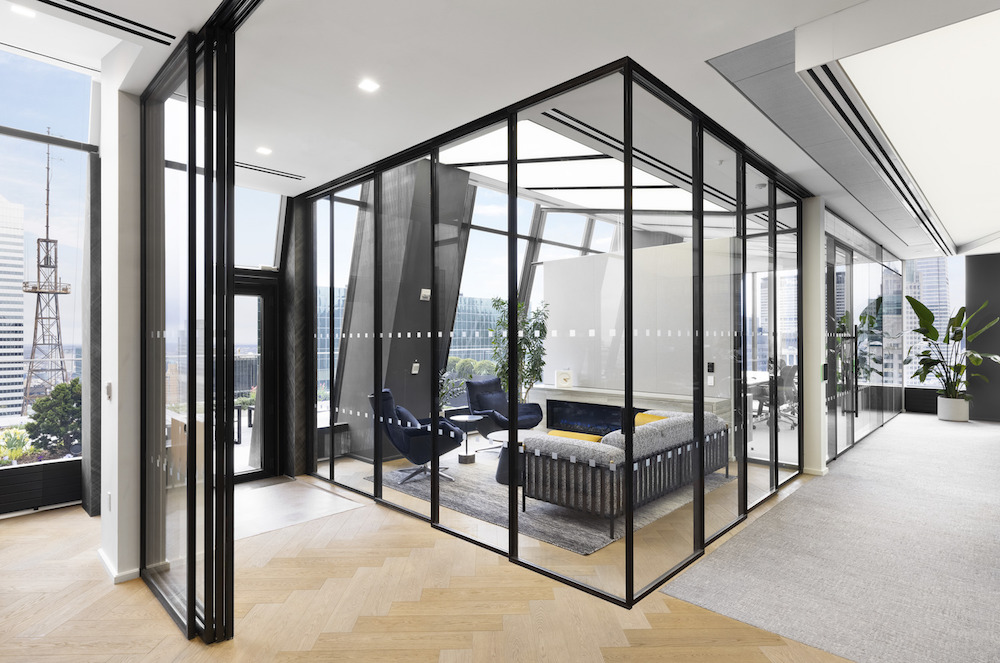
This is where the agile workplace comes into play. Agile office design came about in efforts to design spaces to suit different activities throughout the day. For example, phone rooms and private pods might be used to balance out a hectic open-floor plan, and allow employees to take a conference call or accomplish a focused, “heads-down” task. The double benefit of the agile workplace is that it caters to introverts and extroverts equally.
Designing for neurodiversity extends beyond the basic introvert/extrovert binary. For example, it is important to recognize that many workers today fall on the autism spectrum. The latest and the greatest in collaborative workplace design will often not be suitable for these individuals. Employees with autism require consistency and take comfort in the known actions and emotions of continuity. Change for the sake of change will never be the answer. Rather, designers need to understand the appropriate transformation that will enable all individuals to perform their best.
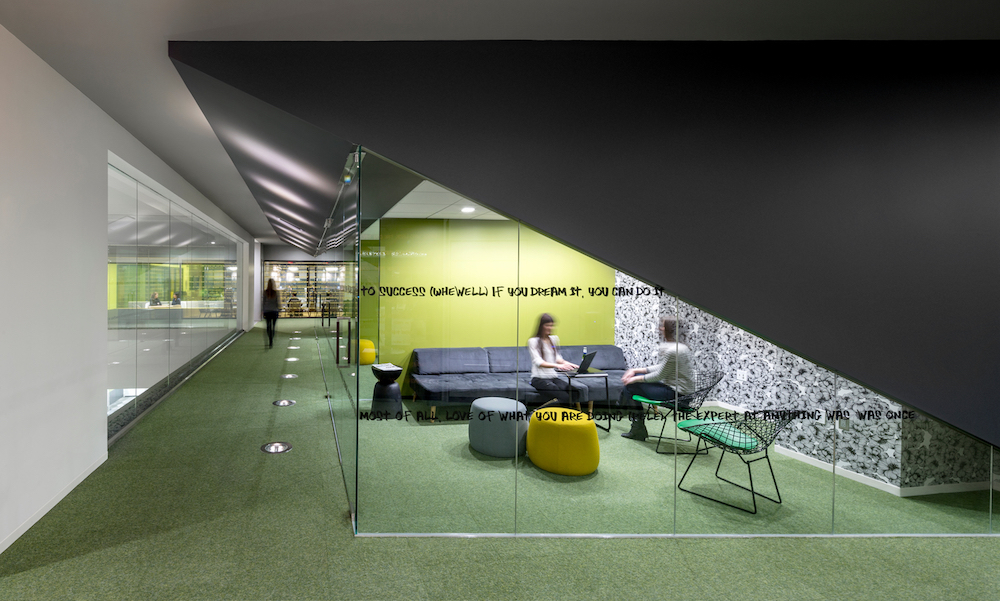
Manifesting Behavioral Change Through Design
Designers have a distinct role to play in challenging cultural norms and manifesting change in the three-dimensional world. Design has an incredible power to subconsciously direct people, change the atmosphere, and lead individuals to act differently. Just as people will naturally lower their voices in a dimly lit room, the shape and layout of a space can likewise encourage a variety of conversational styles. Selecting a circular table instead of a rectangular one promotes equal idea sharing amongst team members. Soft casual seating areas or lounge style conference rooms encourage non-confrontational communication while still providing space for healthy conflict resolution as needed. Giving staff the ability to choose and move about the office as their activities change can even reduce the power hoarding that can accompany the territorialism of dedicated workspaces. If traditional individual offices are needed, designers can implement glass walls to encourage transparency within the organization. Even company branding has the potential to promote a more inclusive environment, by allowing all individuals to see themselves in the company identity and ethos.
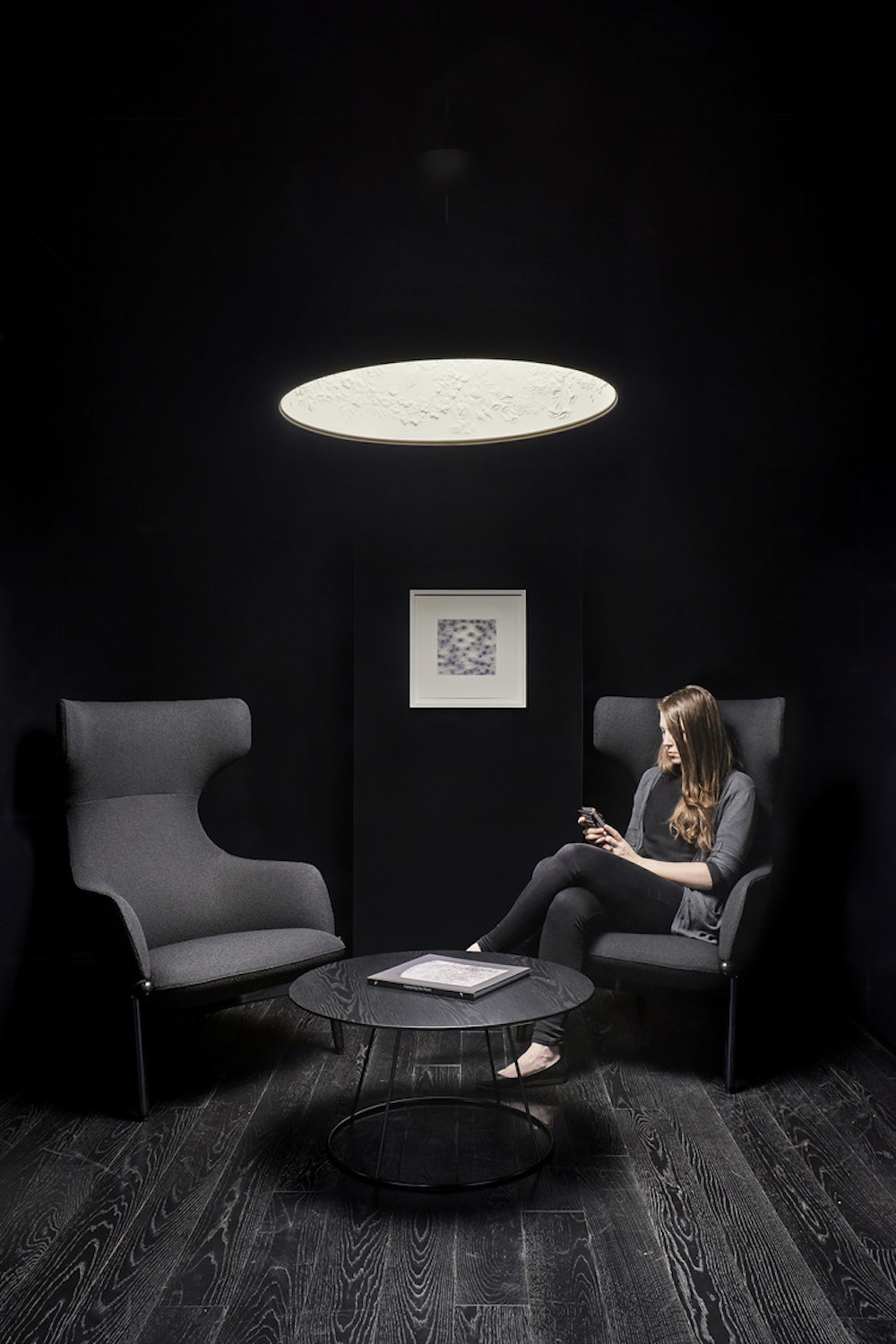
As we strive to create designs that are inclusive and diverse, we need to remove the stigma that surrounds providing equity and inclusivity, and eventually grow to a level of true transparency. There remains a prejudicial bias against the creation of specialty areas. When designers create a space that provides for individual needs—such as a prayer room, or a mother’s room—they are not taking anything away from those who have no need for that room. Providing for equity is not a sum zero game. For example, drinking fountains are generally a required feature of office spaces. If an individual does not consume water from that fountain, are they hurt? Is their office experience lessened? Perhaps the removal of this prejudice is simply a generation away. When the Americans with Disabilities Act was passed in 1990, and public facilities were required to provide accommodations such as handicapped parking spaces, there was opposition from both religious communities and businesspeople. Today, these accommodations have become expected social norms. Equity and inclusivity should be the baseline and all design should stem from this root.
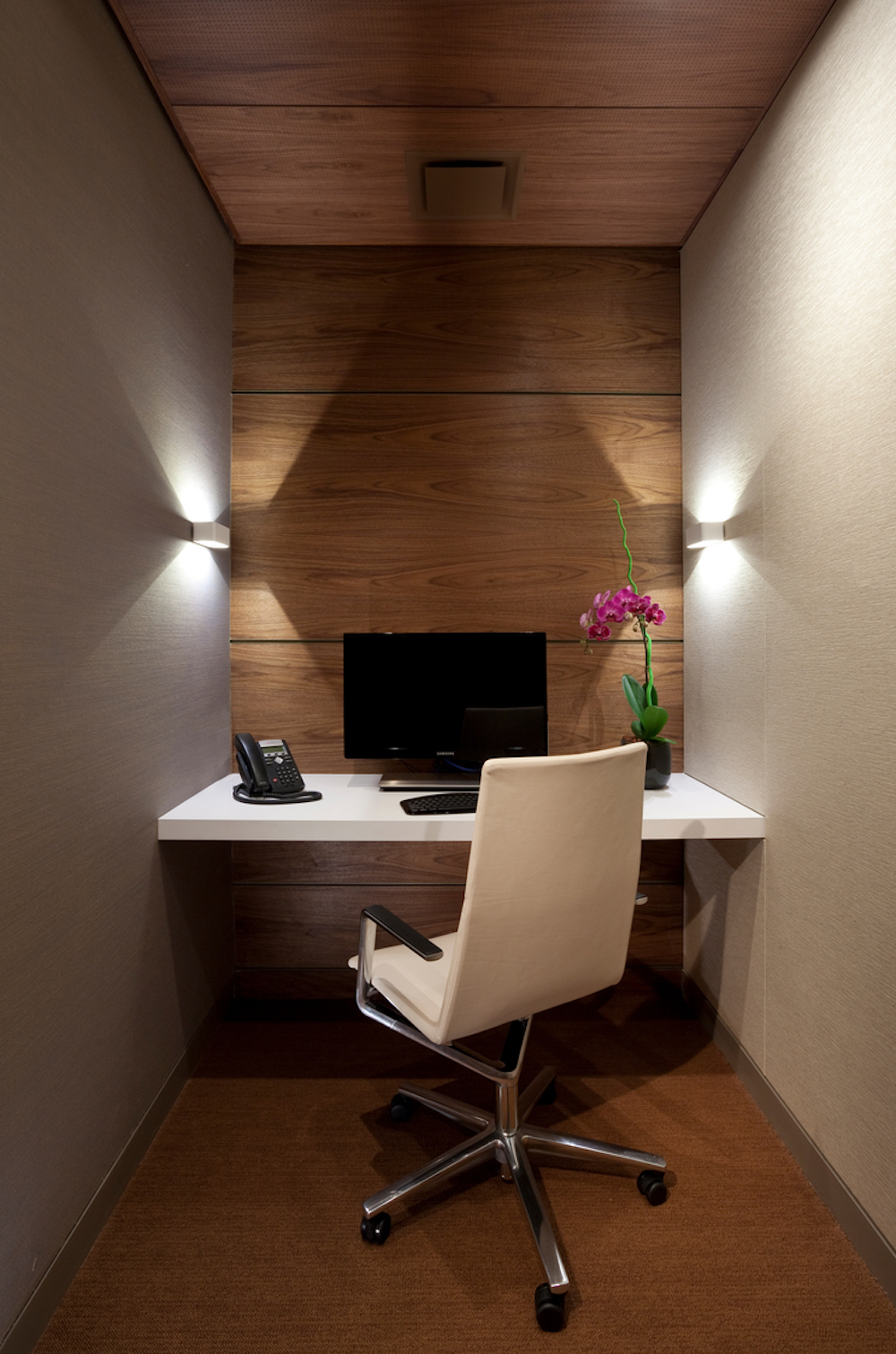
Understanding the Needs of the Workplace
Transparency in the workplace can begin with simple design choices such as adding glass walls, but it doesn’t end there. Transparency encapsulates a true understanding of office culture and the promotion of all people within that office. It extends to the layout of the office and must acknowledge the fact that not only do individual people work differently, but that a single individual has different styles of work and needs throughout the day. It must also include the brand design for that company so that all staff can identify themselves within that brand and say, “I work here!”
The diverse needs of workplace users have always been there, but today they have a voice. We need to constantly refresh, update, and adapt to meet the ever-changing needs of all people. Universal Design is not new; how we interpret it needs to be.

